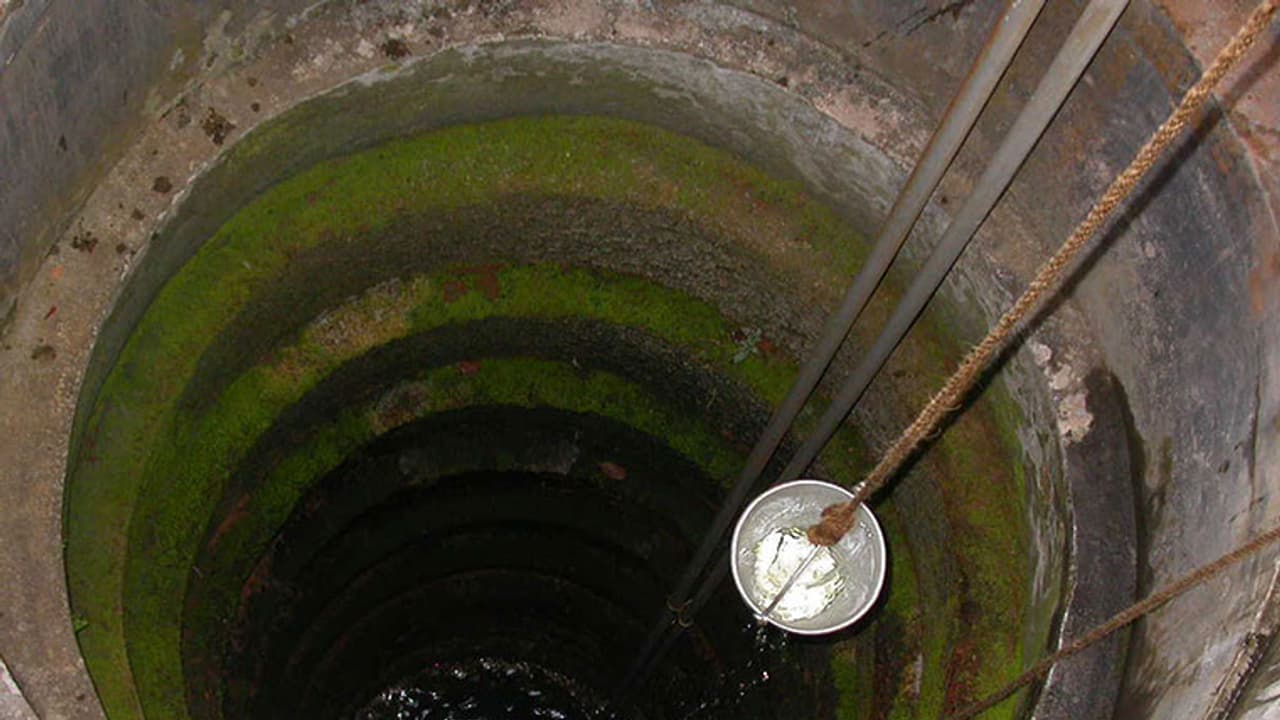Four studies were conducted in the state between November 2015 to 2016 Water level have reduced in about 83% wells in the state Poor monsoon and huge number of borewells beyond maximum stipulated depth contributed to the situation

It's alarming, but true. Kerala is witnessing an alarming depletion in ground water level. Central Ground Water Board has reported that the ground water level has reduced by over four feet indicating severe water crisis in the state.
Palakkad is worst hit as the eastern regions in the district recorded an average depletion of eight metres in ground water table. In the western parts of Pattambi and Thrithala dip is recorded as five metres. There was no ground water recharge in these areas owing to failed monsoon. The poor state of Bharatapuzha also contributed to the grim situation of the district.
Also read: Kerala declared drought-hit after 34% shortfall in monsoon
In Thiruvananthapuram and Malappuram districts, the water level has dipped by four metres.
 As per the report, Kerala is likely to experience severe drought as if it was deprived of rain for three to five years continuously. Borewells across the state, beyond permissible depths, also play a crucial role in the depletion of ground water to such alarming levels.
As per the report, Kerala is likely to experience severe drought as if it was deprived of rain for three to five years continuously. Borewells across the state, beyond permissible depths, also play a crucial role in the depletion of ground water to such alarming levels.
In Palakkad district, minimum 500 borewells can be spotted in each grama panchayat. While rules stipulate a maximum depth of 160 ft, most borewells in the district are over 1,000 ft. It has contributed to the drying up of Bahratapuzha and its feeder streams months ahead of summer.
The study found that water level has reduced in 82.92% wells in the state. Dip in water level in more than 60% wells is an indication of severe drought. Usually, water bodies in the state replenish during North East Monsoon from October to November, but this year there were only isolated rains during the period.
Also read: Catching water where it falls: unique Kerala methods
The board released the report based on four studies conducted between November 2015 and 2016. They are yet to release the figures of January.
